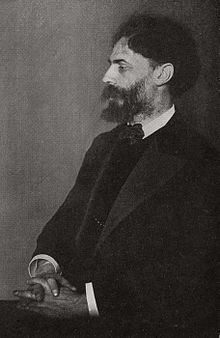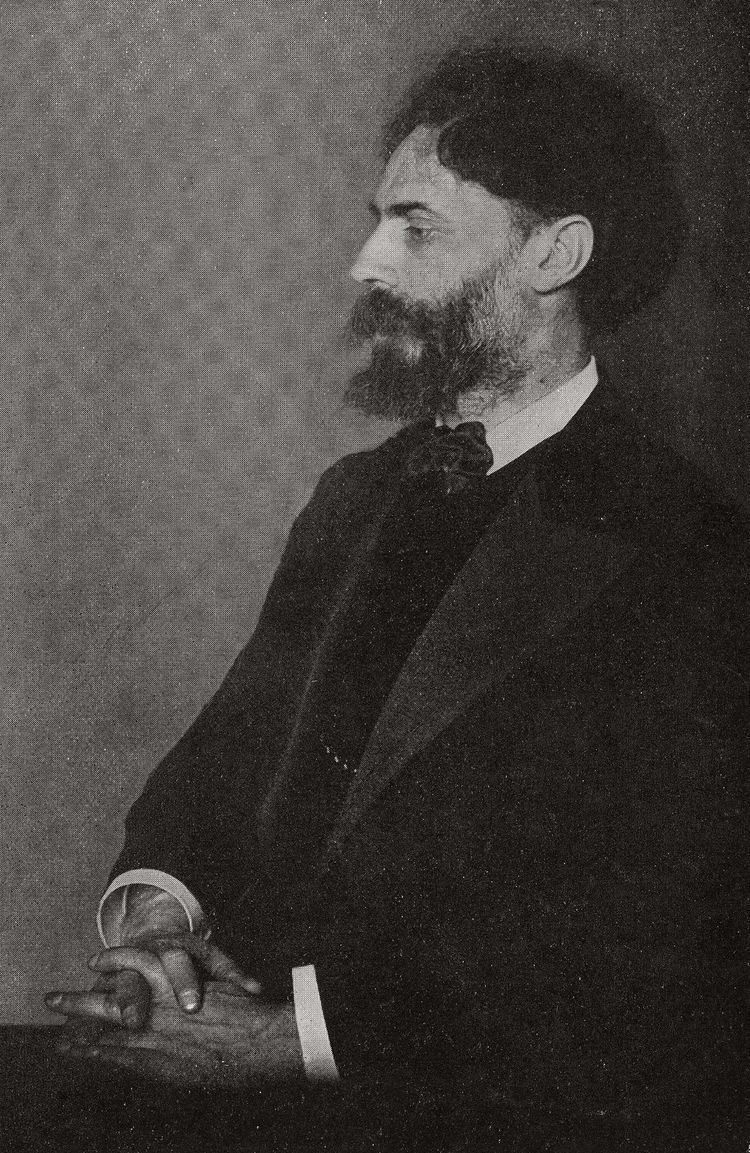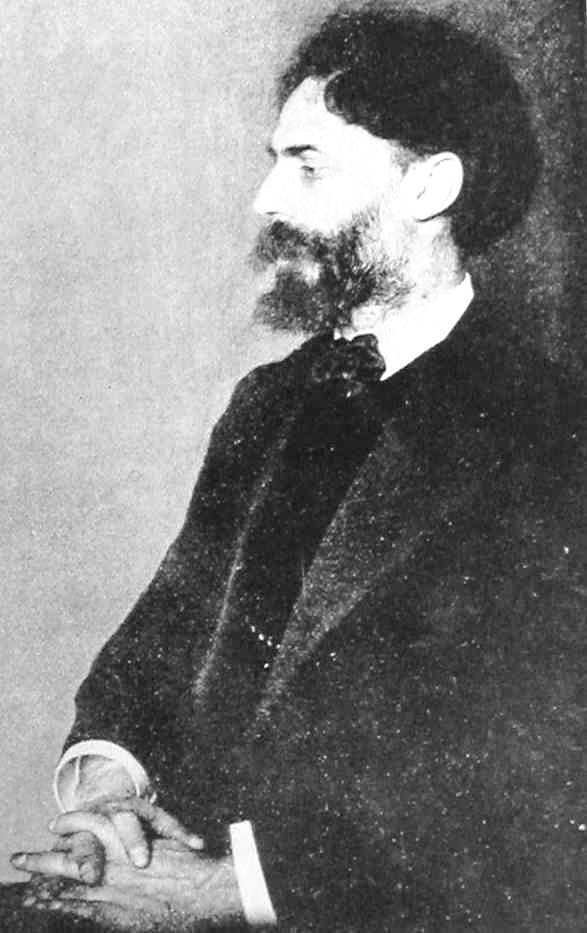Nationality Polish Role Sculptor | Name Alfred Nossig Occupation Sculptor | |
 | ||
Born 18 April 1864 Lemberg Assassinated February 22, 1943, Warsaw, Poland Organizations founded Jewish Settlement Association | ||
Alfred Nossig (1864–1943) was a Jewish sculptor, musician, writer, and public activist.
Contents

Early life

Alfred Nossig was born in 1864 to a wealthy family in Lemberg (now called Lviv), which was then part of the Austrian Empire but is now in Ukraine. Nossig's father exposed him to German culture and was an activist for Jewish rights in Galicia, serving as secretary of the Jewish community there.
In the early 1880s, Polish romanticism inspired Nossig to formulate ideas about liberating Jewish culture from the constraints of tradition, causing him to express these ideas in the periodical Ojczyzna (The Fatherland) and in an organization (which he himself founded) called Przymierze Braci (Union of Brothers). He was a pioneer in the field of Jewish demography during his time as a student at Lemberg University, winning a prize in 1884 from the university senate for his essay "O ludności" (On Population). During this time, Nossig also wrote theater reviews for Polish and Jewish newspapers, and in 1888, he published his first collection of poems, Poezje, which won a competition in Warsaw. In 1887, Nossig published the first Zionist work in the Polish language; it was titled "An Attempt to Solve the Jewish Problem" (Próba rozwiązania kwestji źydowskiej), and in it, he argued that there is no future for the Jews in the Diaspora and that thus, Jews must establish their own independent state in Palestine and adjacent countries. After his studies in Lemberg, Nossig pursued a doctorate in Zurich, Switzerland, concentrating on Spinoza.
Nossig was a participant in the first World Zionist Congresses but soon ran into conflict with Theodore Herzl due to Nossig's individualistic character. Nevertheless, Nossig continued to advocate in favor of Zionism and Jewish emigration for the rest of his life. In 1920, he was invited by the Polish government to mediate and create trust between it and Polish Jewish leaders; however, Nossig was unsuccessful in this task.
Career
Rather than focusing on Polish themes, Nossig focused on Jewish heroism and romantic myth in his carvings, including carvings of famous Jewish heroic figures such as King David and Judah Maccabee. Nossig's most famous sculptures were called Wandering Jew, Judas Maccabaeus, Nordau, and King Solomon. His interest in art took him to the Academy of Art in Vienna in 1892, to Paris in 1894, and to Berlin in 1900, where he lived until 1933, when the Nazis came to power in Germany and expelled him to Poland.
Final years
After the Nazi German invasion of Poland in 1939, the Jews of Warsaw, including Nossig, were forced to move to the Warsaw Ghetto, where Nossig reportedly collaborated with the Abwehr and Gestapo, drawing up plans for Jewish emigration and submitting memoranda to the German authorities. Nossig was accused of providing regular reports to the Nazis during the deportation of Jewish residents to Nazi extermination camps, and an underground resistance group, the Jewish Combat Organization, sentenced him to death; he was executed on 22 February 1943. At the time, he was almost eighty years old.
